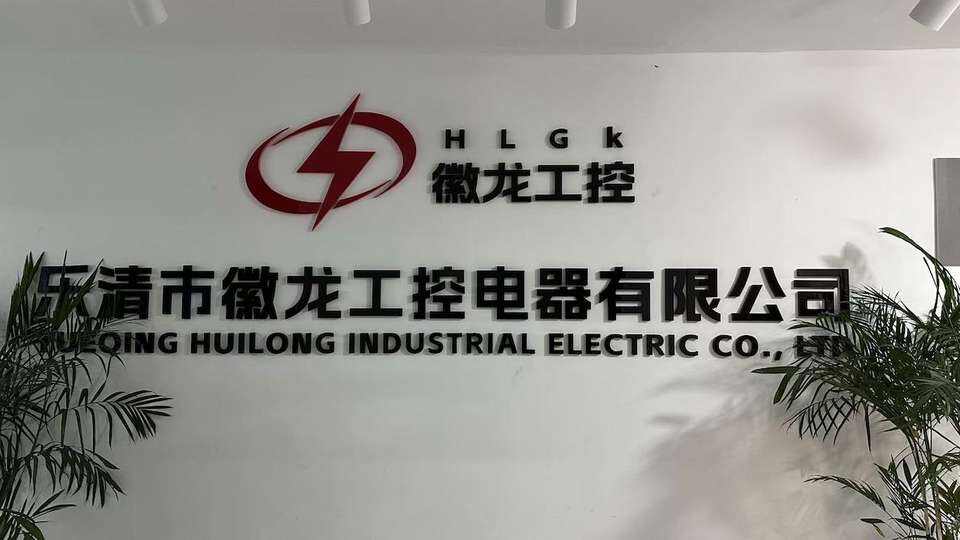Understanding Photoelectric Sensors and Their Operation
How Photoelectric Sensors Work
Photoelectric sensors work by using light to figure out if something is there or not. Most of them use infrared light that hits an object and then comes back to the sensor. What makes these sensors tick are three main parts: a light sender, a receiver, and a little brain that decides what the signals mean when they come back. For better results, operators can tweak things like how sensitive the sensor is or how fast it reacts, which explains why they show up everywhere from factory floors to packaging lines. Some models respond in less than a thousandth of a second, so they're great for those super fast production lines where timing matters a lot. Major sensor companies have been pushing this tech because it just works so well under pressure.
Common Applications in Industrial Automation
Photoelectric sensors show up all over the place in industrial settings. On factory floors, these sensors work hard on conveyor belts to spot objects moving through the system, which keeps everything running smoothly without needing someone to watch every second. Packaging plants rely heavily on them too. The sensors help position products just right on assembly lines while counting each item as it goes by, making sure nothing gets missed or duplicated. Safety is another big area where these devices make a difference. Light curtains installed around dangerous machinery can detect when personnel wander into restricted areas, stopping machines before accidents happen. According to reports from manufacturing facilities across different sectors, companies see error rates drop dramatically after installing photoelectric sensors, plus productivity jumps up quite a bit. These little gadgets really are becoming essential components in today's automated factories.
Types of Photoelectric Sensors: Which One Fits Your Needs?
Diffuse Sensors: Proximity-Based Detection
Diffuse sensors play a key role when we need to detect things at short distances. Basically, they send out a light beam and then check how much comes back to figure out if something is there. Because of this setup, they work best when placed so the sensor lines up directly with what needs to be detected. We see this a lot in packaging lines and material handling systems across factories. These sensors are pretty accurate too, able to spot tiny objects down to just a few millimeters across. That kind of precision really helps boost accuracy rates in manufacturing environments where even small errors can cause big problems later on.
Retroreflective Sensors: Reliable Beam Reflection
Retroreflective sensors work pretty well because they need something shiny to bounce light back at the receiver. The way these sensors are set up makes them great at spotting big stuff from afar, think pallets moving along conveyor belts in warehouses. They don't get confused much by regular daylight or factory lights either. Factory workers often mention how these sensors keep performing accurately even when lighting changes throughout the day, which matters a lot in busy manufacturing settings where conditions constantly shift between bright and dim.
Through-Beam Sensors: Long-Range Precision
Through beam sensors work over long distances because they have two parts: one sends out light (the emitter) while another catches it (the receiver). These sensors really shine when something gets between them, making them perfect for things like robot arms on factory floors. Testing has shown they hold up pretty well too, giving few false alarms even when there's lots of background light around, which makes production lines run smoother overall. Since they can detect objects many meters away, industrial facilities often install these sensors wherever they need coverage across large spaces.
Light-Operate vs. Dark-Operate: Choosing the Right Mode
Light-Operate Sensors Explained
When something blocks a light beam and we need to set off an action, light operated sensors come into play. These little devices work great in situations where nothing being there actually matters a lot, which makes them really handy for things like moving materials around or packing products on assembly lines. For instance, they help keep track of every single item passing through, so mistakes don't happen as often in manufacturing settings. Factories rely on this kind of sensor tech to maintain quality control while keeping operations running smoothly day after day.
Dark-Operate Sensors Explained
Dark operate sensors work differently they trigger when something interrupts a light beam, which makes them great for keeping track of open spaces or gaps between things. Because of how they function, these sensors fit well into safety systems where it's important to know if an area is empty before starting any operation. Manufacturing plants and warehouses often rely on this technology to keep workers safe while also making sure products get handled properly throughout the production line. When objects pass through the sensor's field, it confirms whether items have been picked up or left behind, helping prevent accidents and lost inventory at the same time.
Application-Based Recommendations
Figuring out which sensor mode works best really comes down to looking closely at what the application actually needs. When someone needs to detect if something is present right now, light operated sensors tend to work well for that kind of job. On the flip side, dark operated sensors are great when we need to know about empty spots or areas that should have something in them. Environmental stuff matters too though. Things like temperature changes, dust levels, or even how bright the area gets during different times of day can make one type of sensor better than another. Most projects have unique demands anyway, so taking all these factors into account helps pick a sensor that will perform reliably under whatever conditions it faces.
Key Factors to Consider When Selecting a Photoelectric Sensor
Detection Range and Environmental Challenges
Choosing the right photoelectric sensor means looking at two main things: how far it needs to detect and what kind of environment it will work in. Environmental conditions really matter because things like temperature swings and moisture levels affect how well these sensors perform. Take places where there's lots of humidity or big temperature differences between day and night. Sensors might just stop working properly or give wrong readings in those situations. The detection range is another big factor too. Some applications need sensors that can pick up objects right next door while others require spotting items from across the room. Getting a sensor that matches exactly what the job requires in terms of distance helps keep everything running smoothly without unnecessary downtime or errors down the line.
Power Supply Requirements and Connection Types
Understanding what kind of power supply a photoelectric sensor needs plus its connection options is pretty much essential when picking one out. Check if the sensor works with whatever power source is already available because certain models require specific voltages to function properly. Also pay attention to connection types such as normally open versus normally closed setups. The way these connections are set up really matters for how well the sensor fits into current systems and impacts things like how fast it responds and how dependable it stays over time. Getting these details right means the sensor can work at its best without running into problems during installation or operation down the road.
Output Configuration: PNP vs. NPN
When choosing between PNP (sourcing) and NPN (sinking) output settings for photoelectric sensors, compatibility with different control systems becomes a major factor worth thinking about. These two options actually work better in certain situations than others. Take PNP outputs for example they tend to play nicely with most PLCs and industrial automation gear. On the flip side, NPN outputs often find their place in other kinds of installations where different electrical characteristics matter more. Before settling on one or the other, checking what the sensor maker says in their specs sheet is pretty much mandatory. Getting this right from the start means the sensor will slot into the existing system without headaches down the road and everything just works as it should during operation.







